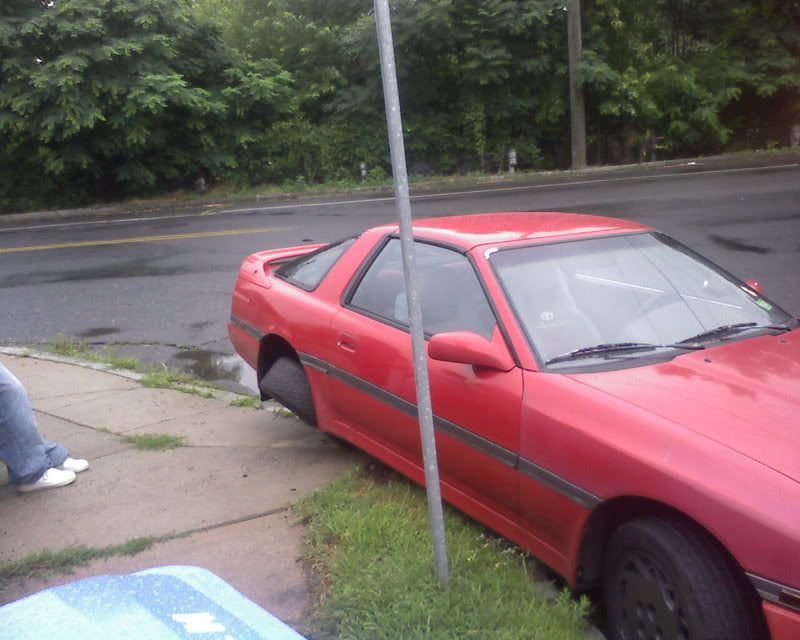Right, but the equation your quoting, only applies to smooth or closed pattern tread tires. Meaning NOT tires that are on cars not including slicks, but since this is about tires on the street, those would not be included anyway.
Oh and almost forgot, it also only applies when the standing water depth is greater than the tread depth. At the time of the study, there wasn't much data on hydroplaning when the water depth was less than the tread depth.
Tire pressure is only in that equation because of the assumption that weight on the tire divided by area of the contact patch equals tire pressure. So by increasing tire pressure, you are reducing the contact patch area. That's the correlation, that's the assumption, that's as far as it goes.
If you want to provide where you got that data on airplane hydroplaning, I'm sure I can tell you why they're both the same. I'm going to take a guess and assume that they aren't using the exact same tires or number or tires. And I will also guess that the ratio of contact patch area to weight is the similar for both.
I know you didn't say to over inflate the tires, but you should also know, and I'm not talking down to you, that not everyone on here always thinks before they do things. I could just picture someone reading that, seeing that it's raining, bump all their tire pressures up to 60psi and then crash their car. Just because one of the SME's said that they could. But sure, if you're going straight and never turning at any kind of speed, then do whatever you want, I wouldn't suggest it though.
And I never meant to talk down to you. I knew I shouldn't have even said anything and let everyone think what they want, but sometimes I can't help it.
All I'm saying is that the equation does not apply to automotive tires. There are some common principles, but it's not a direct application. But with the tread designs and water evacuation and all that other fun stuff that gets introduced when you're talking about normal tires on car, it gets a little more complicated than just saying that it's the inflation pressure that will tell you when a car will hydroplane.
For example, take two tires, one wide, one skinny, both on cars of the same weight and running the same inflation pressure, so both will have the same overall contact patch area, but different contact patch shapes. The wider tire will hydroplane before the skinny tire. This is because it is much harder for the water to evacuate from the center of the contact patch due to the greater width.
If you're interested, here's the report:
http://ntrs.nasa.gov/archive/nasa/casi.ntrs.nasa.gov/19640000612_1964000612.pdf

